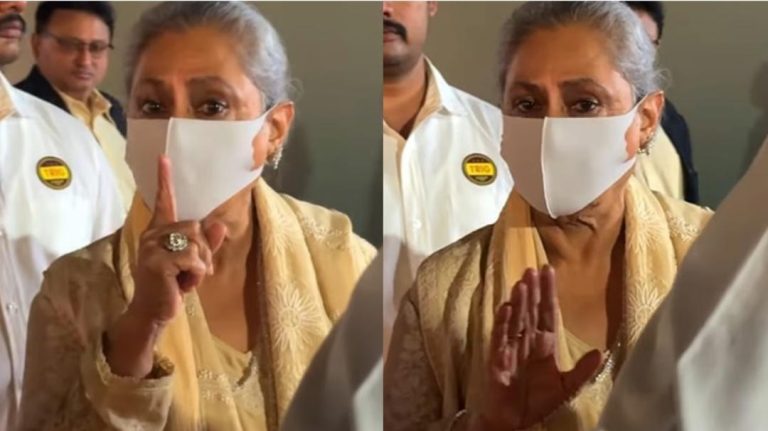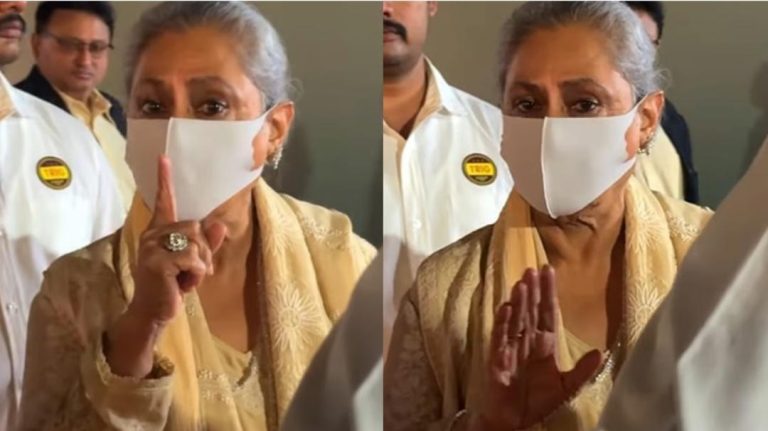
Cable TV Loses 5 Lakh Jobs as Digital Platforms Take Over
In a significant shift in the way we consume entertainment, India’s pay TV sector has witnessed a staggering loss of over 5 lakh jobs in the past seven years. This decline is attributed to a sharp drop in subscribers, driven by the rise of over-the-top (OTT) platforms, smart TVs, and free satellite services. The revenue of the sector has also taken a hit, with a 16% decline since 2019. This decline signals a broader digital disruption, highlighting the urgent need for upskilling and adapting to a post-linear media landscape.
The pay TV industry, which was once the dominant player in the entertainment landscape, has been struggling to maintain its subscriber base in the face of increasing competition from digital platforms. The rise of OTT platforms such as Netflix, Amazon Prime, and Disney+ has changed the way people consume content, with many opting for online streaming services over traditional cable TV.
According to a report by the Indian Broadcasting Foundation, the number of pay TV subscribers in India has declined from 12.3 crore in 2014 to 9.7 crore in 2021. This represents a loss of around 3.6 crore subscribers in just seven years, resulting in a significant reduction in the workforce.
The decline of the pay TV industry has far-reaching implications for the entertainment and media sectors. The loss of jobs and revenue will have a ripple effect on the entire ecosystem, from content creation to distribution and broadcasting. The industry’s struggle to adapt to the changing landscape is a clear indication of the need for upskilling and innovation.
The decline of cable TV is not limited to India alone. The global pay TV market is also facing significant challenges, with many operators struggling to maintain their subscriber base. According to a report by Deloitte, the global pay TV market is expected to decline by 10% by 2025, resulting in a loss of over 100 million subscribers.
The rise of digital platforms has disrupted the traditional TV viewing experience, with many viewers opting for online streaming services that offer a wider range of content and greater flexibility. Smart TVs and OTT devices have also made it easier for viewers to access online content, further eroding the dominance of traditional cable TV.
The decline of cable TV also highlights the need for the industry to adapt to a post-linear media landscape. The traditional linear TV viewing experience, where viewers watch content at a specific time and date, is no longer the dominant model. With the rise of OTT platforms and online streaming services, viewers have greater control over what and when they watch, making it essential for the industry to evolve and adapt to these changes.
The Indian government has taken steps to support the pay TV industry, including the introduction of a new policy framework that aims to promote the growth of the sector. The policy, which was introduced in 2020, aims to promote the growth of the sector by providing regulatory support and incentives for operators.
The decline of cable TV also presents opportunities for the industry to innovate and adapt to the changing landscape. The rise of OTT platforms and online streaming services has created new opportunities for content creators and producers, who can now reach a wider audience and monetize their content in new and innovative ways.
In conclusion, the decline of cable TV in India is a significant shift in the way we consume entertainment, driven by the rise of digital platforms and changing viewer habits. The loss of jobs and revenue highlights the urgent need for the industry to upskill and adapt to a post-linear media landscape. As the industry continues to evolve and adapt to these changes, it is essential to promote innovation and support the growth of the sector.
Source:
https://youtu.be/AMHTmYb_Hz8





